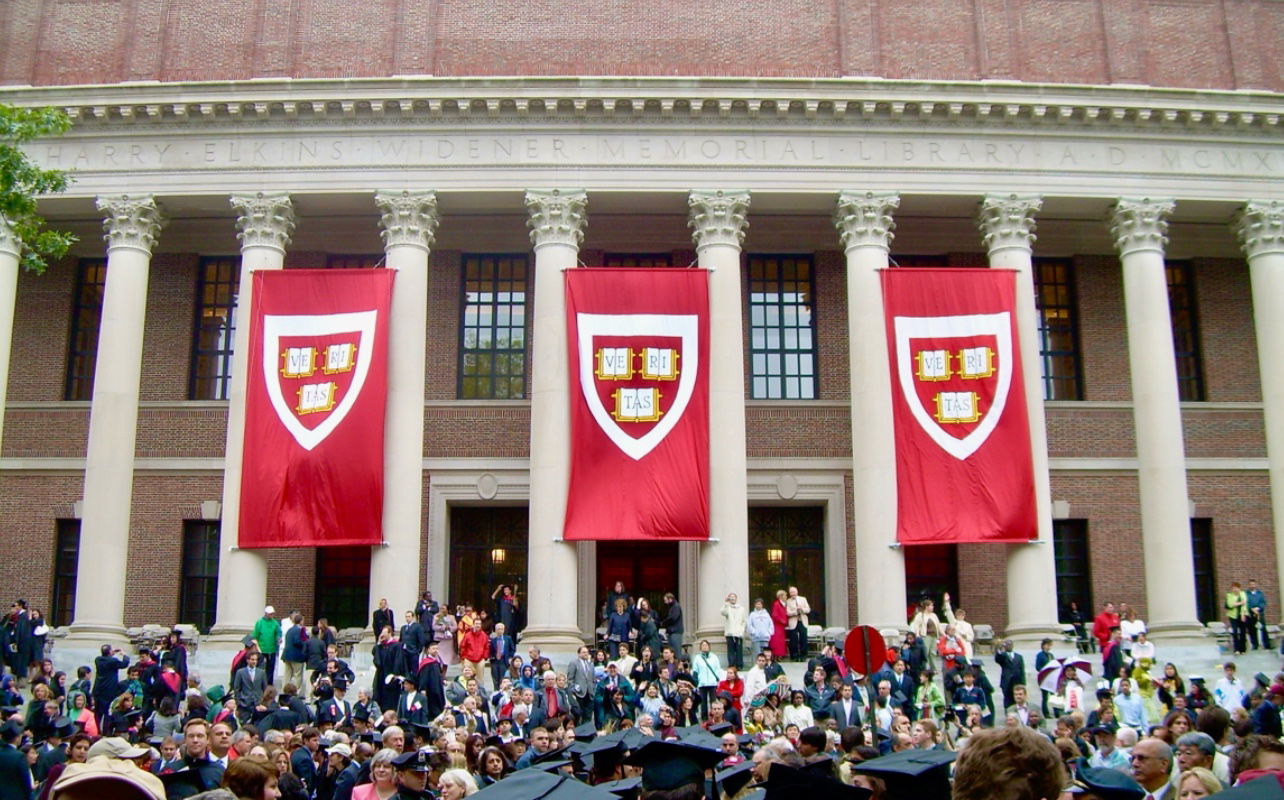
May 29, 2025
The CEO of IAAM says the images are welcomed with open arms and plans to include Lanier in decision on how the images are depicted.
The International African American Museum (IAMM) in South Carolina will soon be in possession of 175-year-old photos believed to be of early enslaved people after settling a 15-year legal battle between Harvard University’s Peabody Museum of Archaeology and Ethnology, The Associated Press reports.
The settlement ends the lengthy battle between Harvard and Tamara Lanier, who allegedly identified her great-great-great-grandfather, Renty, and his daughter, Delia, in the “daguerreotypes,” known now as modern-day photos. Lanier’s attorney, Joshua Koskoff, said having them returned to the location where the pictures were taken in 1850 should be looked at as a win for other descendants in legal battles. “I think it’s one of one in American history because of the combination of unlikely features: to have a case that dates back 175 years, to win control over images dating back that long of enslaved people — that’s never happened before,” the attorney said.
Harvard shared similar thoughts but with a twist. A statement from the Ivy League institution claims it has been eager to send the images to another museum to “put them in the appropriate context and increase access to them for all Americans.” However, when it comes to Lanier, Harvard calls the situation complex, as they still have not been able to confirm her relation to the enslaved persons. “This settlement now allows us to move forward towards that goal,” the university said.
“While we are grateful to Ms. Lanier for sparking important conversations about these images, this was a complex situation, particularly since Harvard has not confirmed that Ms. Lanier was related to the individuals in the daguerreotypes.”
The battle continued after Lanier, a Connecticut native, sued Harvard in 2019 for “wrongful seizure, possession and expropriation” of the images. Lanier accused the university of exploiting Renty’s image, including using it at a 2017 conference. According to ABC News, the litigation alleged Harvard capitalized on the photos with the demand for an expensive licensing fee to reproduce the images.
The suit listed Harvard biologist Louis Agassiz, who used theories of racial difference to support slavery in the U.S. Lanier accused Agassiz of spotting Renty and Delia during a tour of plantations in search of racially “pure” slaves from Africa. Both enslaved persons posed shirtless and were photographed from different angles, as Lanier claims her alleged descendants were nothing but “research specimens” to Agassiz. “The violence of compelling them to participate in a degrading exercise designed to prove their own subhuman status would not have occurred to him, let alone mattered,” the suit reads.
The Massachusetts Supreme Court sided with Lanier in 2022, recognizing “Harvard’s complicity in the horrific actions surrounding the creation of the daguerreotypes.”
As Lanier has no legal right to the images due to a ruling from a lower court judge, Dr. Tonya M. Matthews, CEO of IAAM, says the photos are welcomed with open arms and plans to include Lanier in a decision on how the images are depicted. “The bravery, tenacity, and grace shown by Ms. Lanier throughout the long and arduous process of returning these critical pieces of Renty and Delia’s story to South Carolina is a model for us all,” Matthews said.
But things don’t end there. Lanier is still asking Harvard to acknowledge its hand in slavery’s complicity, hear her family’s history, and pay an unidentified amount in damages. “It’s not an improvement just to move them from one closet in a mighty institution to another,” Koskoff said.
“And so, really, the real importance of this is to allow these images to breathe, to allow the story — the full story — to be told not by a conflicted player in the story, which Harvard was from the beginning.”
RELATED CONTENT: Award-winning Journalist Jarrett Hill Debuts Solo Art Exhibition at Harvard University

